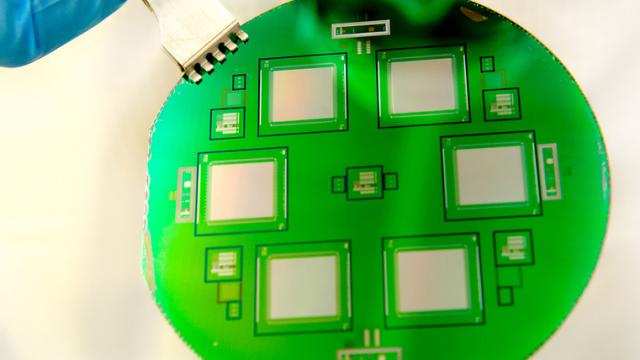You’re looking at the bleeding edge of space imaging. The wonderful pictures of our Universe, that we all love, are made possible by the likes of NASA’s James Webb Space Telescope — and in the future, such devices will be driven by arrays of microshutters like these.
A little like pixels, these are tiny shutters that allow light through — or not — to sensors below within the telescope. In the past, they have been opened and closed by a magnet that swept over the array to forces shutters open and pull others shut. But over the last four years, a new, electronic array of microshutters has been developed by NASA. It explains how they’re made:
The team used atomic layer deposition, a state-of-the-art fabrication technology, to fully insulate the tiny space between the electrodes to eliminate potential electrical crosstalk that could interfere with the arrays’ operation. They also applied a very thin anti-stiction coating to prevent the shutters from sticking when opened.
By removing the magnet, the Goddard Space Flight Center team has removed one of the major moving parts of the telescope — improving reliability and speed of operation. Here’s to the slew of pictures we can expect the shutters to generate. [NASA]
